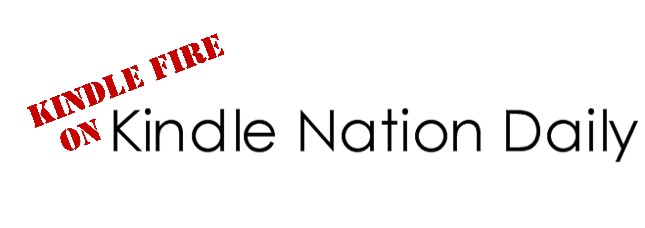
Content Type: App
Description: The KeyChord app is designed to aid pianists in finding cords or scales for whatever reason. There are six modes: chords, reverse chords, scales, reverse scales, Mini Piano Pro, and staff view. The chords mode allows you to select the base note and type of chords, and the app will show you the chord on a scrollable touch piano.
Say you want to know the E Minor chord. Tap on ‘E’ on the touch piano and select ‘minor’ from the list of chords and it will show you how to play it. Reverse chords allows you to tap several keys and it will show you the name of the chord you just made. I just pressed ‘E’, ‘A flat’, ‘A’ and high ‘C’ and it shows me that the chord is ‘Am/maj 7 inversion 2’. I didn’t know there was such a thing!
Scales and reverse scales work the same way as chords and reverse chords but are used with full scales. The Mini Piano Pro function is a touch piano that allows you to record and play back what you play on it. And lastly, the staff view option allows you to select a base key, say ‘C’, select the type, say ‘augmented’, and select the chord on a scale and it will show you what the chord or scale looks like on a small section of sheet music.
What I Liked: I am a fairly experienced pianist, but I have the worst time trying to figure out [composition details like] what a D minor chord is [made of], what sound those three notes together make, what this would look like on paper, etc . This app solves all those problems. I especially like the handy little button in the top right corner of the screen of each feature that will play whatever it is you’re looking at so you know what it’s supposed to sound like.
Also, when you select what kind of chord or scale in the chords, scales, or staff view modes, there’s an entire library to choose from. In scales there are four subcategories, organized by Basic, Modes, Ethnic and Genre. Now I know how to play a Hungarian Minor G scale and a C Bebop Dominant scale! In Chords, the subcategories are Basic, Advanced, Recent and Favorites.
I also like how the touch piano in each mode scrolls from left to right so you can experiment with different octaves.
What Could Be Better: What could be better is the Mini Piano Pro. I have large fingers, so I use the zoom option to make the keys bigger, but then I’m limited to this tiny section of piano. When I zoom out to get the amount of keys I need, the keys are too tiny! This is more a limitation of the size of the screen than the app itself, but it’s still irritating.
What I would suggest they add is a metronome for the people practicing at home. It would also be nice if I could see how what I play on the Mini Piano Pro looks on the sheet music view. But for its purpose, the app functions exceptionally well.
Overall Rating: 4/5 stars
I Would Recommend To: I would recommend KeyChord to any pianist at any level, and to those who want to learn to play piano. This is a very useful reference and learning tool.
KeyChord has an average review rating of 4/5 stars across 63 Amazon reviews, and is currently available for $2.99 in the Amazon App Store.
The same developer created Fretter Chordfinder, which is a similar app for guitar players. It’s got an average review rating of 4.5/5 stars and is currently priced at $1.99 in the Amazon App Store.
